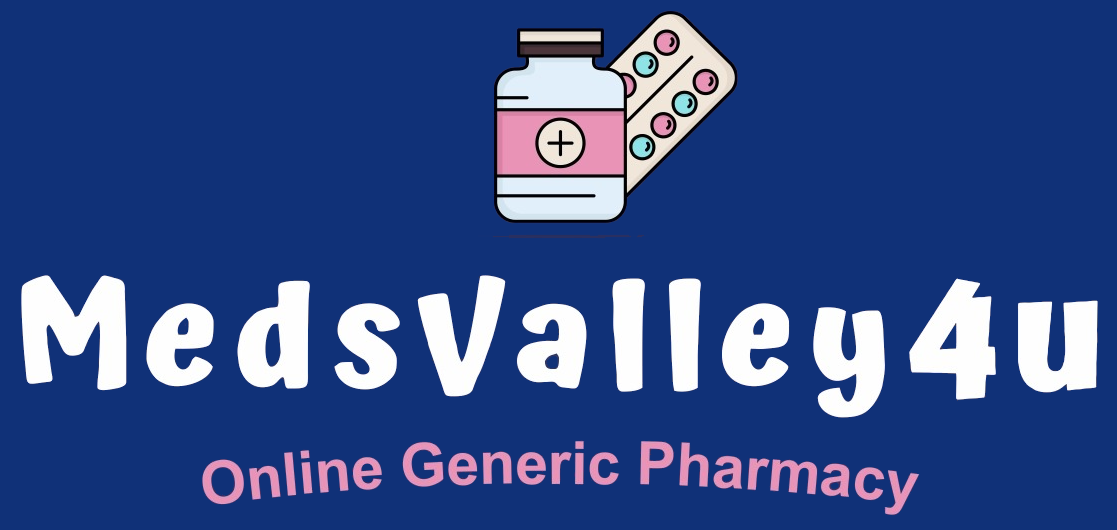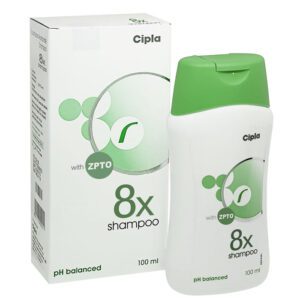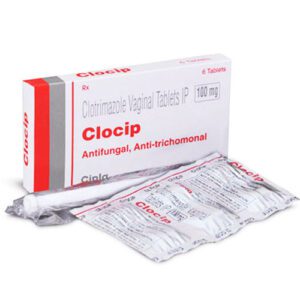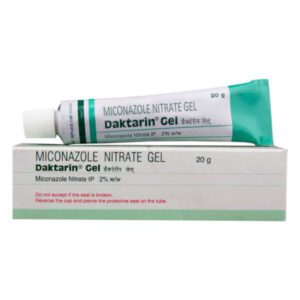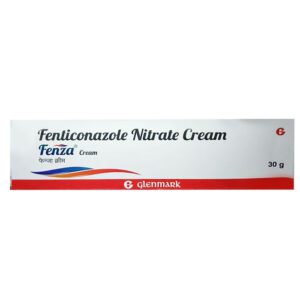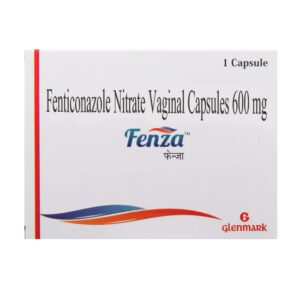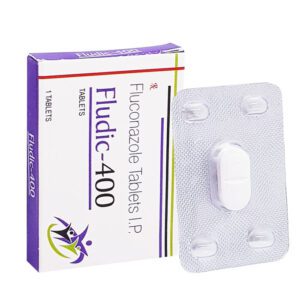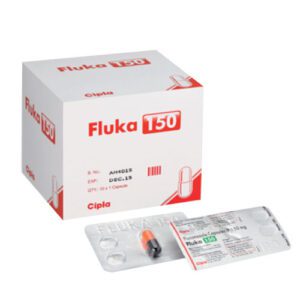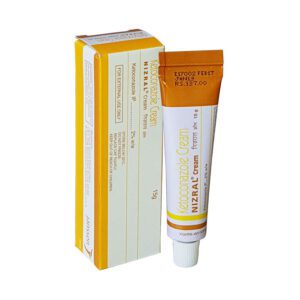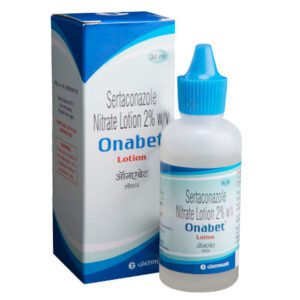Antifungal Medications: Overview, Types, Uses, Side Effects, and Drug Interactions
Introduction
Fungal infections can be as mild as athlete’s foot or as dangerous as invasive candidiasis and cryptococcosis.
They are caused by organisms such as Candida, Aspergillus, Cryptococcus, and dermatophytes.
Since fungi are eukaryotic, just like humans, antifungal therapy is more complicated than antibacterial treatment—medications must kill fungi without harming human cells.
Antifungal drugs are specially designed to stop fungi from growing or to destroy them.
Over the years, therapy has improved significantly, helping patients with both superficial and deep infections.
Still, challenges like drug resistance, side effects, and limited options remain major issues.
Types of Antifungal Drugs
1. Polyenes
Examples: Amphotericin B, Nystatin.
How they work: Attach to ergosterol in the fungal membrane, forming pores that leak cell contents and kill the fungi.
Uses:
Amphotericin B treats severe systemic infections like cryptococcosis, aspergillosis, and mucormycosis.
Nystatin is used orally or topically for Candida infections in the mouth, gut, and skin.
2. Azoles
Examples: Fluconazole, Itraconazole, Voriconazole, Posaconazole, Clotrimazole, Ketoconazole.
How they work: Block fungal enzymes that produce ergosterol, damaging cell membranes.
Uses:
Fluconazole for candidiasis and cryptococcal meningitis.
Itraconazole for histoplasmosis, blastomycosis, nail infections.
Voriconazole for invasive aspergillosis.
Topical azoles like clotrimazole for athlete’s foot and vaginal yeast infections.
3. Echinocandins
Examples: Caspofungin, Micafungin, Anidulafungin.
How they work: Block synthesis of β-(1,3)-D-glucan, a key part of fungal cell walls.
Uses:
Invasive candidiasis.
Backup option for resistant or intolerant aspergillosis cases.
Note: Safe with minimal toxicities.
4. Allylamines
Examples: Terbinafine, Naftifine.
How they work: Stop ergosterol production by blocking squalene epoxidase.
Uses:
Widely used for athlete’s foot, ringworm, and nail infections.
Available as oral tablets or creams.
5. Antimetabolites
Example: Flucytosine.
How it works: Converts to 5-fluorouracil inside fungal cells, halting DNA/RNA production.
Uses: Usually combined with Amphotericin B for cryptococcal meningitis.
Note: Rarely given alone due to resistance.
6. Others
Griseofulvin: Stops fungal cell division. Oral use for hair, nail, and skin infections.
Ciclopirox: Topical antifungal that disrupts fungal enzymes.
Uses of Antifungal Drugs
Superficial infections
Skin: ringworm, athlete’s foot, jock itch.
Nails: treated with terbinafine or itraconazole.
Oral/vaginal yeast: nystatin, clotrimazole, fluconazole.
Systemic infections
Candidemia and invasive candidiasis.
Cryptococcal meningitis.
Aspergillosis, histoplasmosis, blastomycosis, coccidioidomycosis.
Mucormycosis (treated with amphotericin B or posaconazole).
Prevention in high-risk patients
People with weak immune systems (cancer therapy, transplants) may receive fluconazole or posaconazole.
Side Effects of Antifungal Drugs
Polyenes (Amphotericin B, Nystatin)
Fever, chills, infusion-related reactions.
Kidney damage (major concern).
Low potassium and magnesium.
Nystatin is safe topically.
Azoles
Nausea, vomiting, diarrhea.
Liver toxicity (requires monitoring).
Heart rhythm problems (QT prolongation).
Strong drug interactions via liver enzymes.
Echinocandins
Mostly safe.
Rare allergic reactions.
Occasional mild liver toxicity.
Allylamines (Terbinafine)
GI upset.
Liver abnormalities.
Skin rash or allergy.
Flucytosine
Bone marrow suppression (low blood counts).
Liver toxicity.
GI upset.
Griseofulvin
Headache, dizziness.
Sun sensitivity.
Unsafe in pregnancy.
Drug Interactions
Azoles
Increase warfarin effects → bleeding risk.
Reduce effectiveness of birth control pills.
Raise levels of statins and immunosuppressants.
Interact with rifampin, lowering antifungal activity.
Amphotericin B
Dangerous with other kidney-toxic drugs.
Increases risk of low potassium when combined with diuretics or steroids.
Echinocandins
Fewer interactions.
Cyclosporine may raise caspofungin levels.
Terbinafine
May interact with antidepressants and beta-blockers.
Cimetidine raises levels, rifampin lowers them.
Flucytosine
Can worsen bone marrow suppression when combined with chemotherapy or zidovudine.
Griseofulvin
Reduces effectiveness of warfarin and oral contraceptives.
Precautions and Contraindications
Liver disease: avoid azoles, terbinafine, and griseofulvin.
Kidney disease: amphotericin B needs careful monitoring.
Pregnancy: avoid griseofulvin and some azoles.
Children/elderly: dosing may need adjustments.
Conclusion
Antifungal drugs are vital in fighting fungal diseases, from simple skin infections to severe systemic illnesses.
The main groups—polyenes, azoles, echinocandins, allylamines, and others—each have unique strengths and weaknesses.
Yet, these treatments are not risk-free.
Side effects such as kidney and liver damage or drug interactions can complicate therapy, particularly with azoles.
That’s why proper diagnosis, close monitoring, and careful drug selection are essential.
With ongoing research, the development of safer and more effective antifungal drugs offers hope for tackling the rising global threat of fungal infections.
Top Categories
Sildenafil
(Generic Viagra) | Tadalafil (Generic Cialis) | Ivermectin | Generic Cialis | Hormonal Disease | Dapoxetine(Generic prodigy) | Skin Care | Asthma | Anti Fungal | Antibiotic
